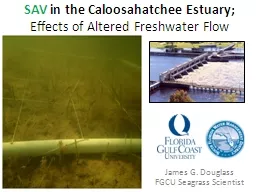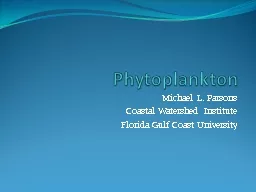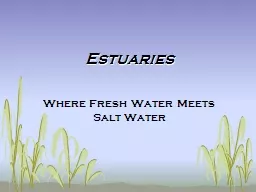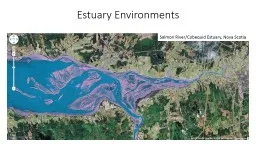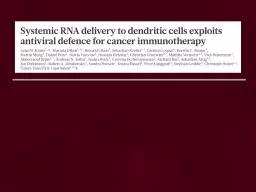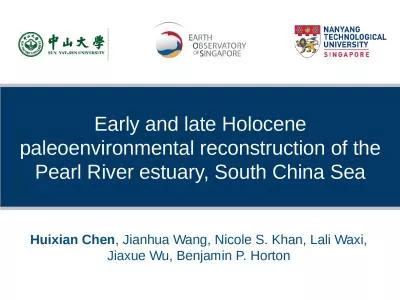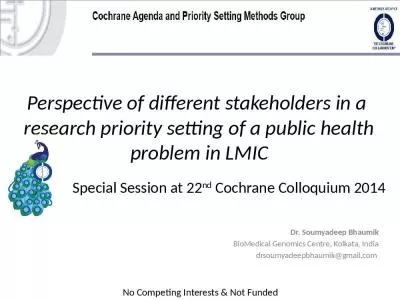PPT-SAV in the Caloosahatchee Estuary;
Author : phoebe-click | Published Date : 2016-07-29
Effects of Altered Freshwater Flow James G Douglass FGCU Seagrass Scientist Estuary A semienclosed body of water where freshwater mixes with seawater Salinity SAV
Presentation Embed Code
Download Presentation
Download Presentation The PPT/PDF document "SAV in the Caloosahatchee Estuary;" is the property of its rightful owner. Permission is granted to download and print the materials on this website for personal, non-commercial use only, and to display it on your personal computer provided you do not modify the materials and that you retain all copyright notices contained in the materials. By downloading content from our website, you accept the terms of this agreement.
SAV in the Caloosahatchee Estuary;: Transcript
Download Rules Of Document
"SAV in the Caloosahatchee Estuary;"The content belongs to its owner. You may download and print it for personal use, without modification, and keep all copyright notices. By downloading, you agree to these terms.
Related Documents

